
Where We Be
| Vicksburg, Mississippi |
| Vicksburg National Cemetery where more than 10,000 mostly unknown Union soldiers are buried |
| Tunnel dug by Union soldiers to safely approach closer to Confederate lines |
| Union Army cannon emplacements |
| Looking out over the Civil War battlefield at Vicksburg |
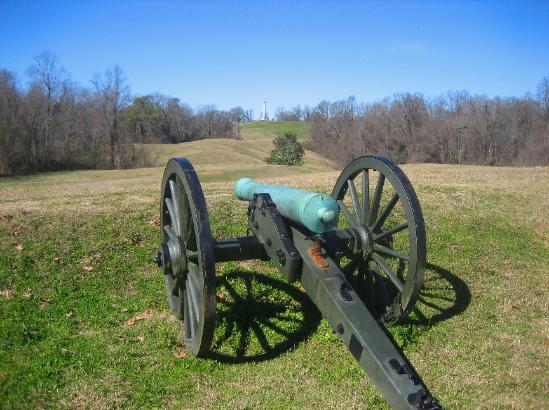
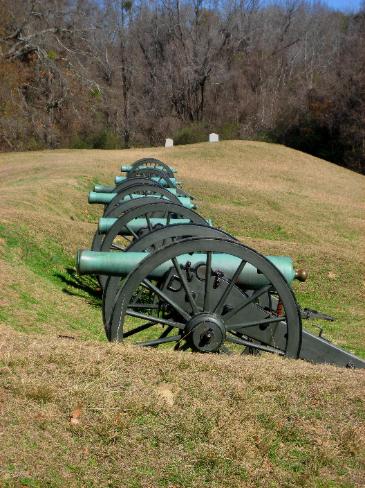
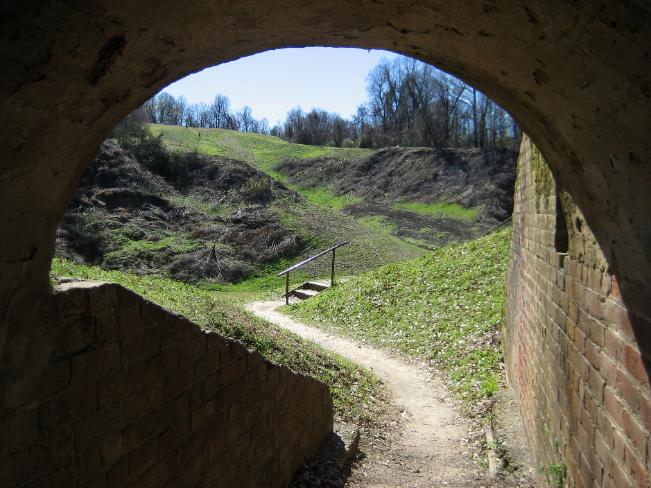
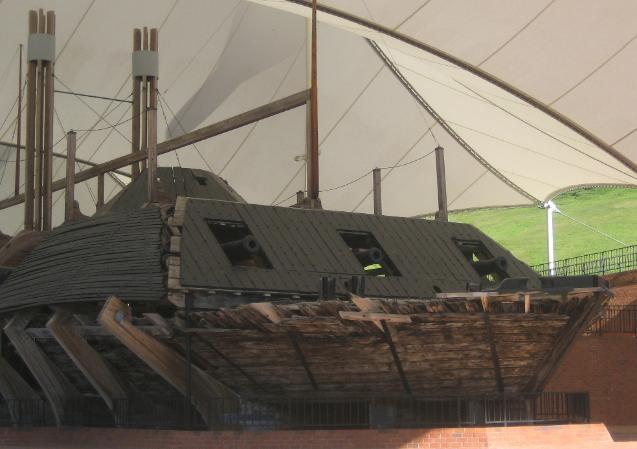
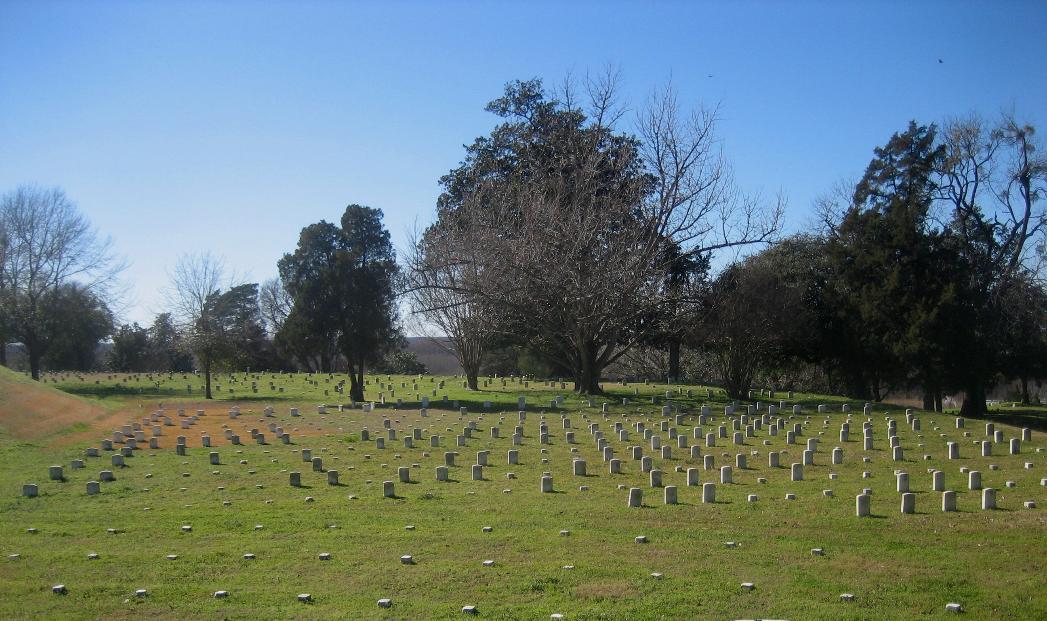
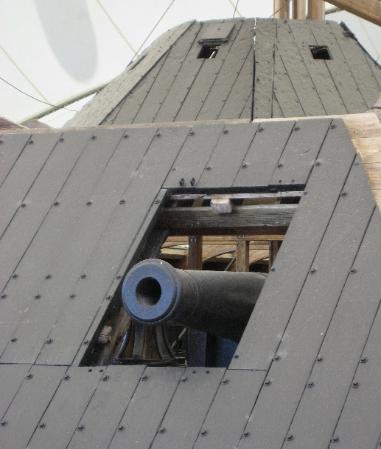
| The ironclad gunboat Cairo -- the only Civil War gunboat still in existence |
| Original iron plating and cannon on the gunboat |
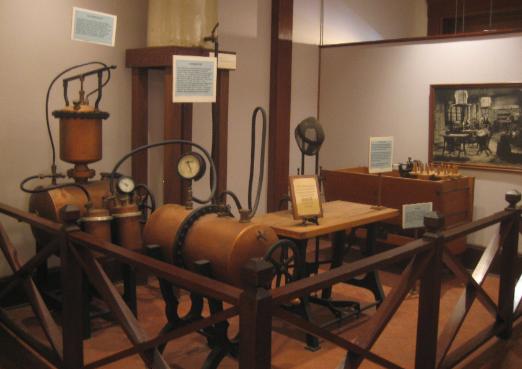
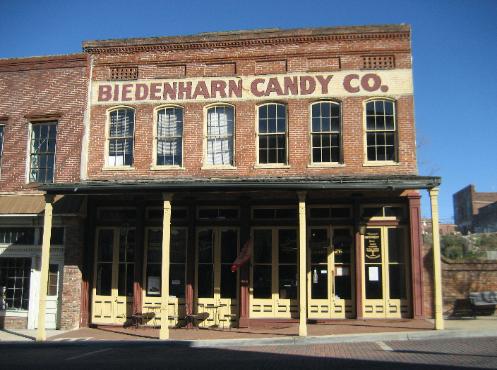
| Candy store in Vicksburg where Coca-Cola was first bottled in 1894 |
| Machinery used in the original bottling operation |
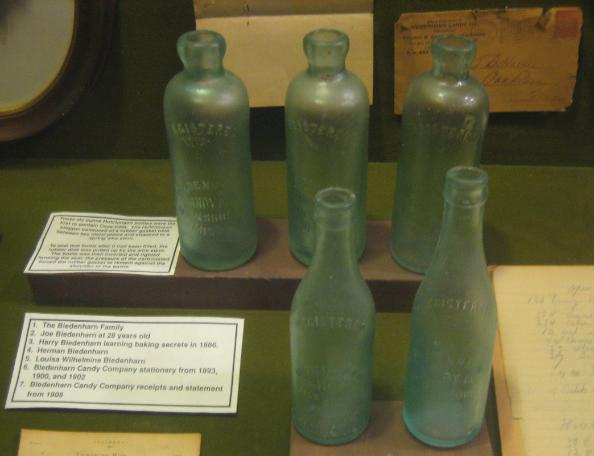
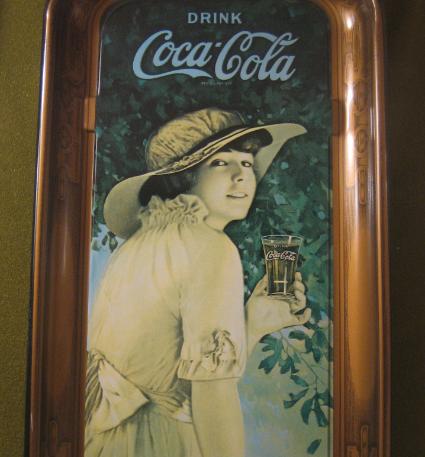
| Early ad for Coca-Cola |
| Some of the original Coca-Cola bottles |
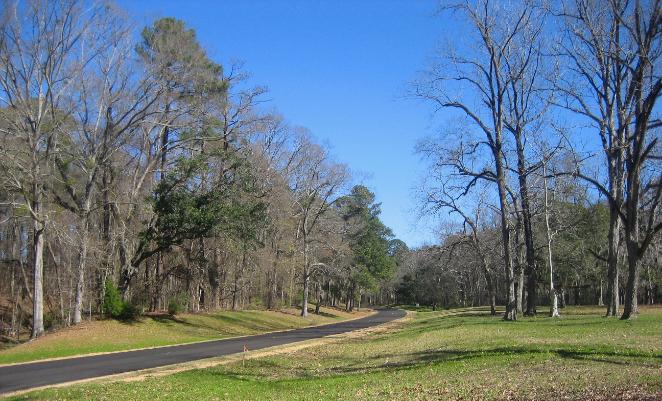
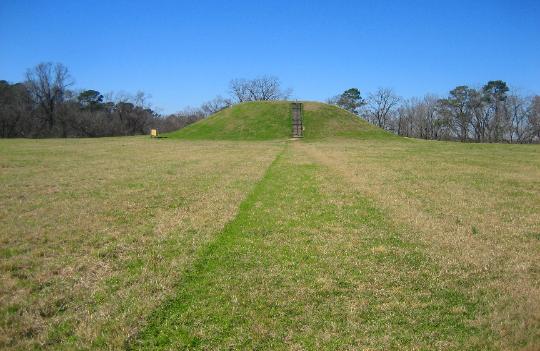
| Natchez Trace |
Natchez Trace is an old wilderness trail used
by Indians, flatboatmen, post-riders, traders,
soldiers, settlers, and slaves to journey
between Natchez and Nashville and points
further north. Flatboatmen would raft down
the Mississippi River to Natchez, sell their
goods (as well as the wood from their
flatboats!), then hike back up the Trace to
their homes. This 500-mile journey on foot
became unnecessary once the steamship
was invented in the 1820s, so the Natchez
Trace became less important after that.
Today a scenic highway follows along the
course of the Trace. The road is interesting
in its own right because it passes through
beautiful Southern scenery with little or no
commercial buildings, gas stations, homes,
or other modern structures visible (although
amenities are available nearby when
needed). It was pretty in February and would
be even prettier once the trees turn green.
by Indians, flatboatmen, post-riders, traders,
soldiers, settlers, and slaves to journey
between Natchez and Nashville and points
further north. Flatboatmen would raft down
the Mississippi River to Natchez, sell their
goods (as well as the wood from their
flatboats!), then hike back up the Trace to
their homes. This 500-mile journey on foot
became unnecessary once the steamship
was invented in the 1820s, so the Natchez
Trace became less important after that.
Today a scenic highway follows along the
course of the Trace. The road is interesting
in its own right because it passes through
beautiful Southern scenery with little or no
commercial buildings, gas stations, homes,
or other modern structures visible (although
amenities are available nearby when
needed). It was pretty in February and would
be even prettier once the trees turn green.
| Natchez Trace roadway is an "American Classic" highway with little traffic and peaceful scenery |
| Emerald Mound, second largest Indian temple mound in the U.S. |
| Sunken Trace, a deeply eroded section of the original trace (trail) |
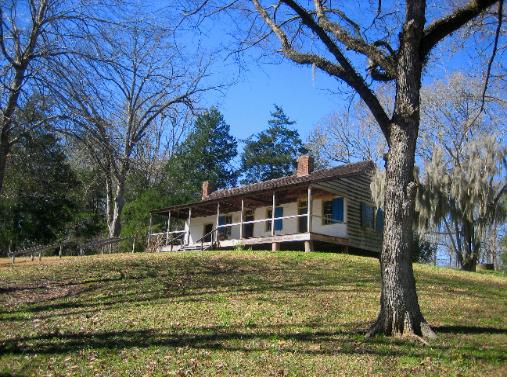
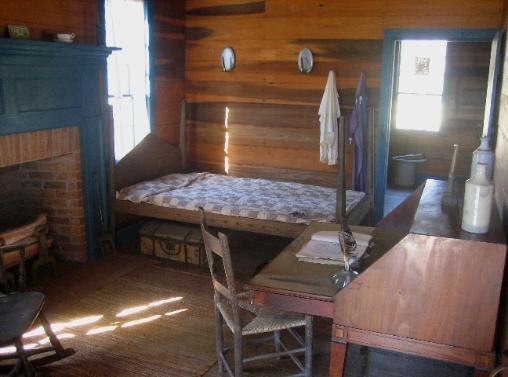
| One of the simple rooms inside Mount Locust |
| Mount Locust (1780), the only surviving traveler's inn along the Natchez Trace |
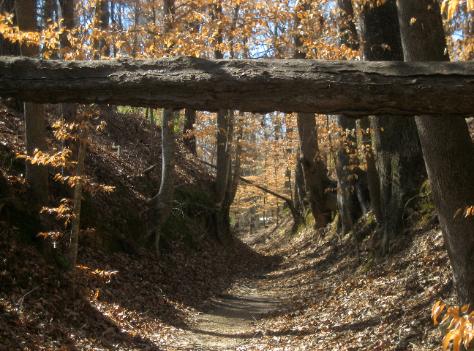
Abraham Lincoln called Vicksburg the key to controlling the
Mississippi River and believed the Civil War could “never be
brought to a close until that key is in our pocket.” At
Vicksburg National Military Park, we drove a 16-mile road past
Union and Confederate lines. Green hilly fields seemed to fold
in and out on themselves. It was difficult to tell how many of
the folds were natural and how many were man-made from
trench digging and defensive emplacements. The Union line
was marked with blue markers and the Confederate with red.
We particularly enjoyed seeing the ironclad gunboat USS
Cairo, sunk by a mine in the nearby Yazoo River. For 102 years
the Cairo lay under the river waters until it was raised and
reconstructed. It is the only Civil War gunship of its kind still
in existence, a weird amalgam of paddlewheel steamship and
iron-plated warship.
We also paid our respects at Vicksburg National Cemetery
where more than 10,000 Union soldiers are buried, more than
any other cemetary in the country. The vast majority of the
soldiers are unidentified—exhumed from their shallow
wartime graves and reburied here in a time before dogtags.
Resting places are marked with simple white stones.
Mississippi River and believed the Civil War could “never be
brought to a close until that key is in our pocket.” At
Vicksburg National Military Park, we drove a 16-mile road past
Union and Confederate lines. Green hilly fields seemed to fold
in and out on themselves. It was difficult to tell how many of
the folds were natural and how many were man-made from
trench digging and defensive emplacements. The Union line
was marked with blue markers and the Confederate with red.
We particularly enjoyed seeing the ironclad gunboat USS
Cairo, sunk by a mine in the nearby Yazoo River. For 102 years
the Cairo lay under the river waters until it was raised and
reconstructed. It is the only Civil War gunship of its kind still
in existence, a weird amalgam of paddlewheel steamship and
iron-plated warship.
We also paid our respects at Vicksburg National Cemetery
where more than 10,000 Union soldiers are buried, more than
any other cemetary in the country. The vast majority of the
soldiers are unidentified—exhumed from their shallow
wartime graves and reburied here in a time before dogtags.
Resting places are marked with simple white stones.